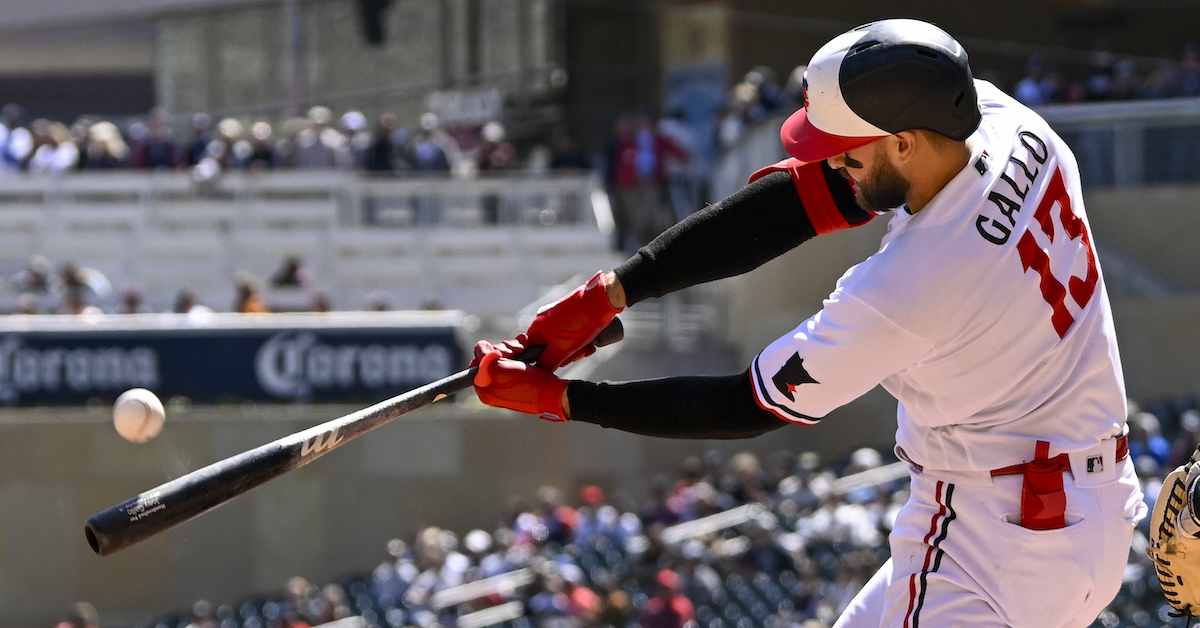Joey Gallo Is Bashing Again

Here’s something we all know about Joey Gallo: He’s got power to spare. Even before he was a big leaguer, tales of his top-of-the-charts power made the rounds among talent evaluators and fans alike. The question was never whether his power would play in the majors, it was whether the strikeouts that came with that power would drag his production down. Those discussions didn’t stop when he made the majors for good in 2017. In fact, it’s 2023 now, and most of the same positives and negatives are still up for debate.
To wit: Through Tuesday’s games, Gallo has hit .189/.326/.541, which works out to a 137 wRC+. He’s also striking out 32.6% of the time – and that would be the lowest strikeout rate of his career. In just 89 plate appearances, he already has seven home runs. By most accounts, it would appear that Gallo is Galloing as hard as ever.
Plot twist: Gallo has made a big adjustment this year, one that seems to have steered him out of the rut he fell into in recent seasons. See, Gallo had a second carrying tool offensively, beyond the power. His thump made opposing pitchers so afraid of him that he ran up massive walk totals merely by being passably selective. In 2019, the season that saw him post his best batting line, he walked 17.5% of the time. In 2021, his second-best, he walked 18% of the time. It’s not so much that he had a perfect batting eye; rather, he just started swinging less in 2019, and pitchers avoided the zone against him to such an extreme degree that he drew piles of walks. He kept it up for a few years before starting to swing more again in 2022. Read the rest of this entry »








